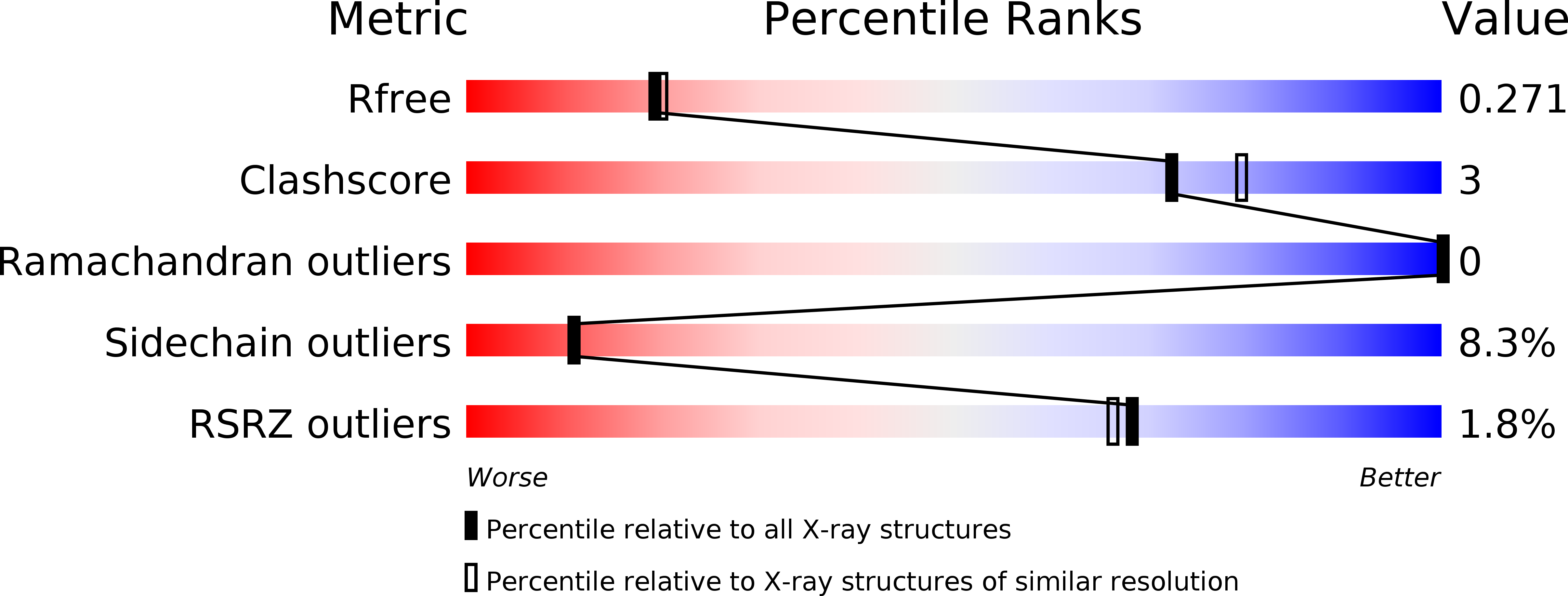
Deposition Date
2009-09-16
Release Date
2010-02-09
Last Version Date
2024-10-30
Method Details:
Experimental Method:
Resolution:
2.20 Å
R-Value Free:
0.25
R-Value Work:
0.21
R-Value Observed:
0.21
Space Group:
P 21 21 21


